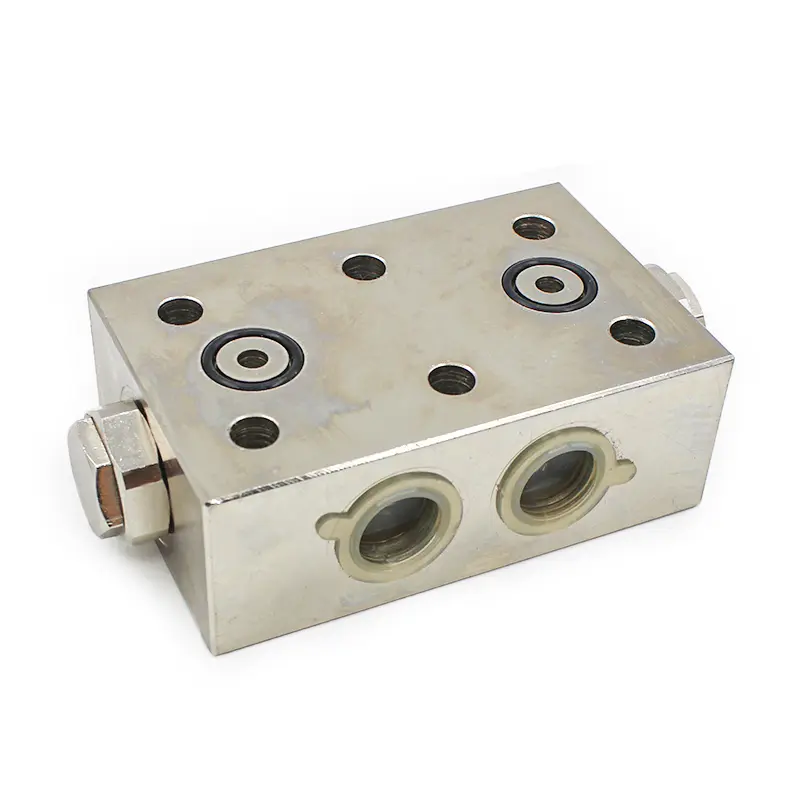
Differences Between Direct & Pilot-Operated Valves
2024-03-14Principles of pilot-operated valves and direct-acting valves
Pilot-operated valves and direct-acting valves are common pressure control valves. They differ in how the control spool moves.
Pilot-operated valves usually add a pilot hole around the valve core. When the control valve core is displaced, the pressure distribution of the pilot hole will be changed. At this time, the medium enters or is discharged from the control chamber through the pilot hole, thus changing the pressure of the control chamber. To control the opening and closing of the valve.
Direct-acting valves directly adjust the flow of the medium by controlling the position of the valve core. When the control spool moves, the opening of the valve will change accordingly.

Advantages and disadvantages of pilot operated valves and direct operated valves
1. Pilot operated valve
Pilot-operated valves use the pilot hole to make the valve more sensitive and rapid to changes in the medium. Therefore, pilot-operated valves are suitable for situations where rapid response to changes in media is required. In addition, the pilot-operated valve has high control accuracy and can effectively reduce the amplitude of medium pressure fluctuations.
However, due to the existence of the pilot hole, the pilot valve works unstable when the pressure difference is low and is prone to locking. In addition, under high temperature and high viscosity media, the pilot hole is easily blocked, affecting the normal operation of the valve.
2. Direct acting valve
Direct-acting valves do not have pilot holes, so there is no locking phenomenon of pilot-operated valves. Moreover, direct-acting valves are relatively stable under high-temperature and high-viscosity media.
However, compared with pilot-operated valves, direct-acting valves have a slower response speed and lower control accuracy. In addition, direct-acting valves will produce a certain amount of valve core vibration and noise during operation, which will affect the use effect.
In conclusion, both pilot-operated valves and direct-acting valves have distinct advantages and disadvantages. The choice between these two types of valves depends on specific application requirements, including the need for rapid response, control accuracy, stability under different media conditions, and tolerance for vibration and noise. By understanding the principles and characteristics of each type of valve, engineers and system designers can make informed decisions to ensure optimal performance in various industrial and commercial settings.




